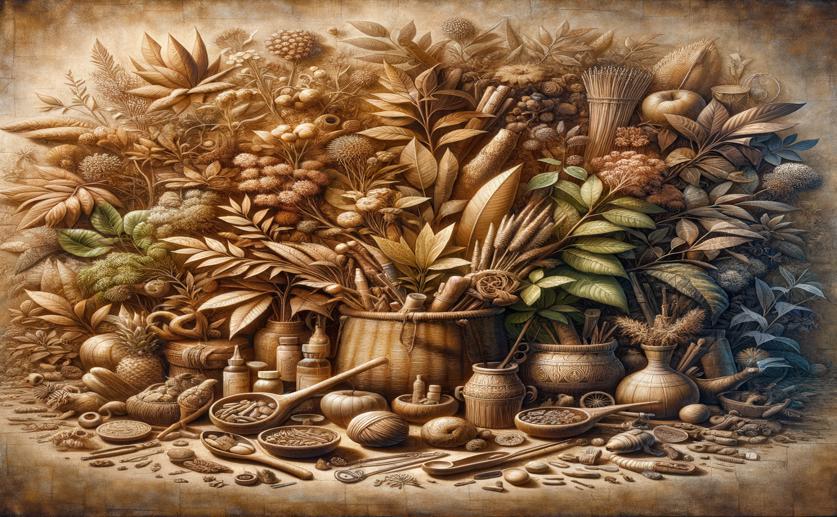
Survey of Medicinal Plants Used by Ethnic Tribes
Jenn Hoskins
11th May, 2024

Image Source: Natural Science News, 2024
Key Findings
- In Mizoram, India, a study documented 102 local medicinal plants used by indigenous communities
- Researchers found a strong agreement on plants used for treating diabetes and other ailments
- The study highlights the need to preserve this knowledge for cultural heritage and drug discovery
References
Main Study
1) Ethnobotanical survey of medicinal plants used by various ethnic tribes of Mizoram, India.
Published 10th May, 2024
https://doi.org/10.1371/journal.pone.0302792
Related Studies
2) Conservation and sustainable use of medicinal plants: problems, progress, and prospects.
3) An ethnobotanical study of medicinal plants used by the Tengger tribe in Ngadisari village, Indonesia.
4) Ethnobotanical study on medicinal plants used by Mulam people in Guangxi, China.
5) The traditional use of wild edible plants in pastoral and agro-pastoral communities of Mieso District, eastern Ethiopia.



 6th May, 2024 | Greg Howard
6th May, 2024 | Greg Howard